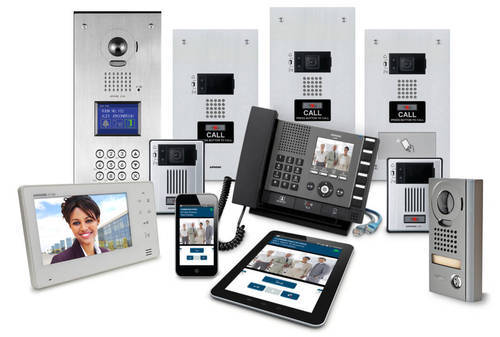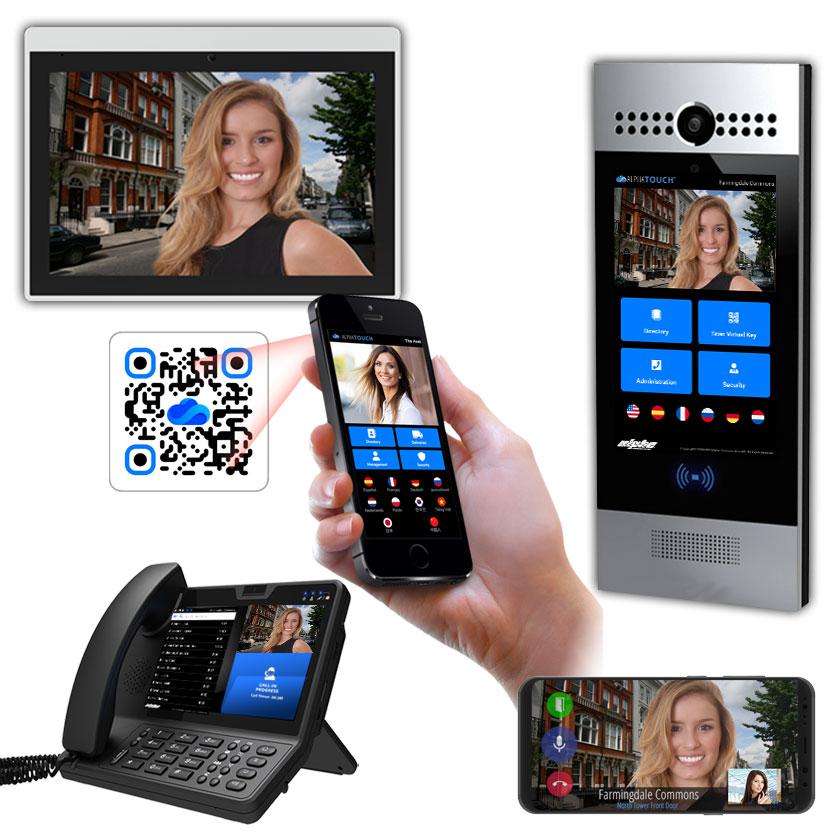ELECTRONIC LIFE SAFETY – BUSINESS SECURITY SYSTEMS – AUTOMATIC DOORS
ELECTRONIC LIFE SAFETY – BUSINESS SECURITY SYSTEMS – AUTOMATIC DOORS
ELECTRONIC LIFE SAFETY – BUSINESS SECURITY SYSTEMS – AUTOMATIC DOORS
An Intercom System is a communication device that enables two-way audio and/or video communication between different locations within a building or facility. These systems enhance security, convenience, and operational efficiency in various environments, including homes, offices, and industrial sites.
Intercom systems provide convenient, secure, and efficient communication, ensuring better access control and surveillance. Whether for residential, commercial, or industrial use, they enhance safety by enabling real-time communication and remote monitoring of entry points.


Contact Us Today:
Phone: (973) 895-2707